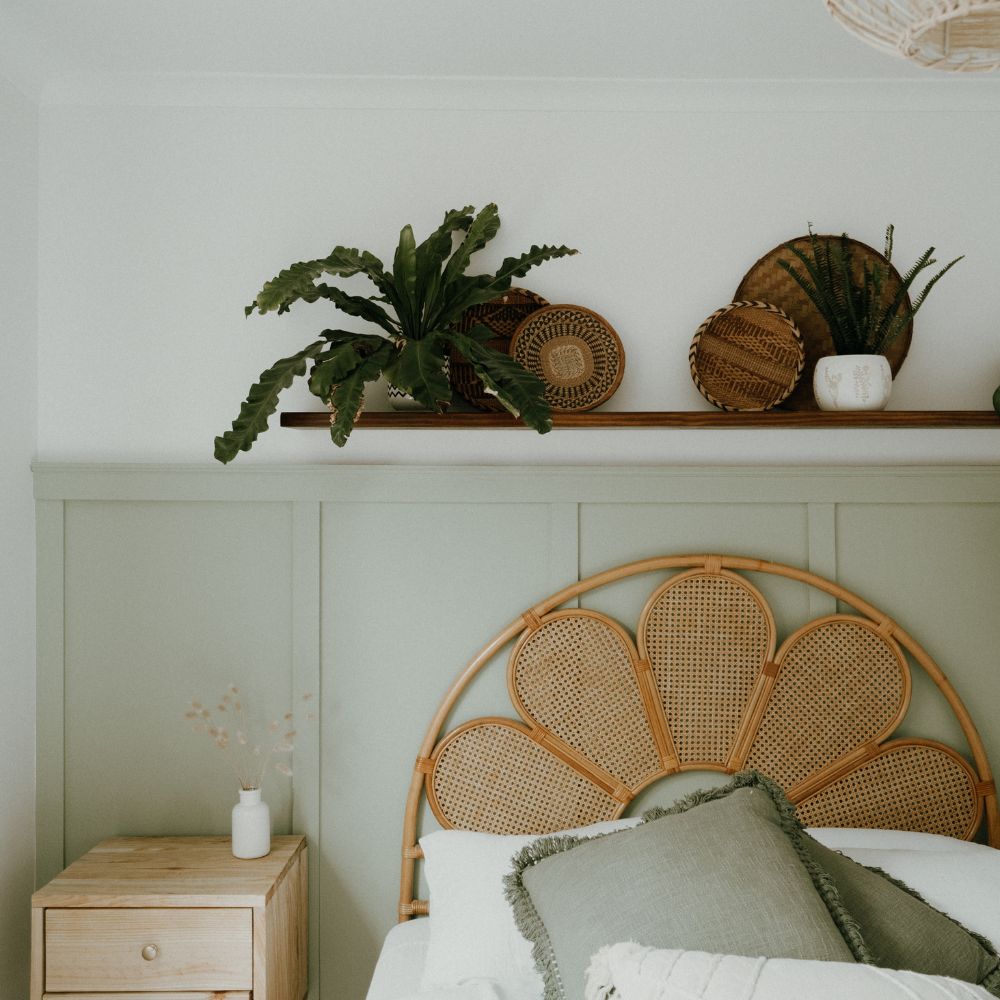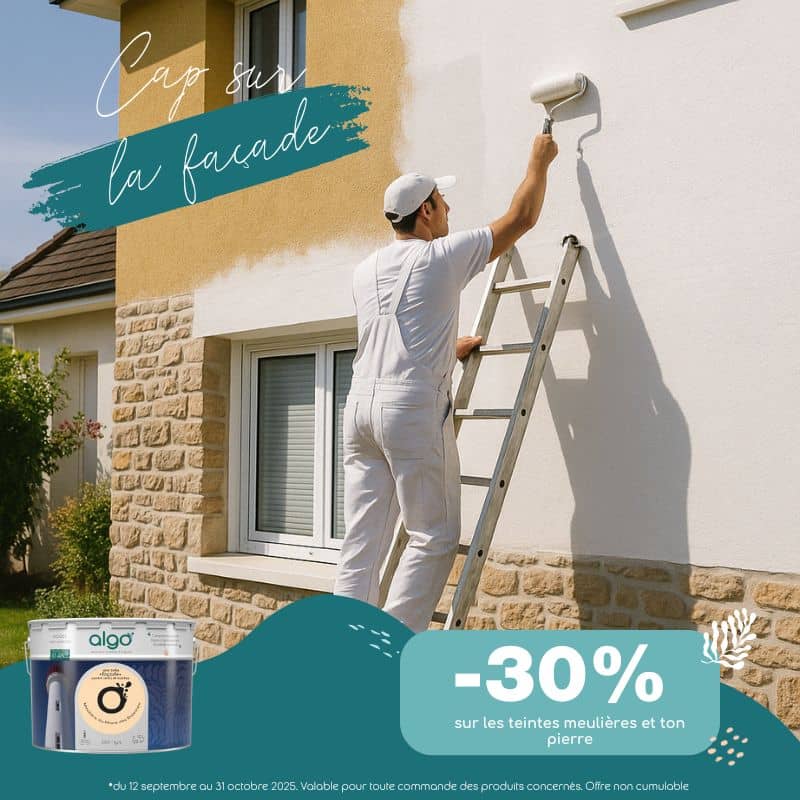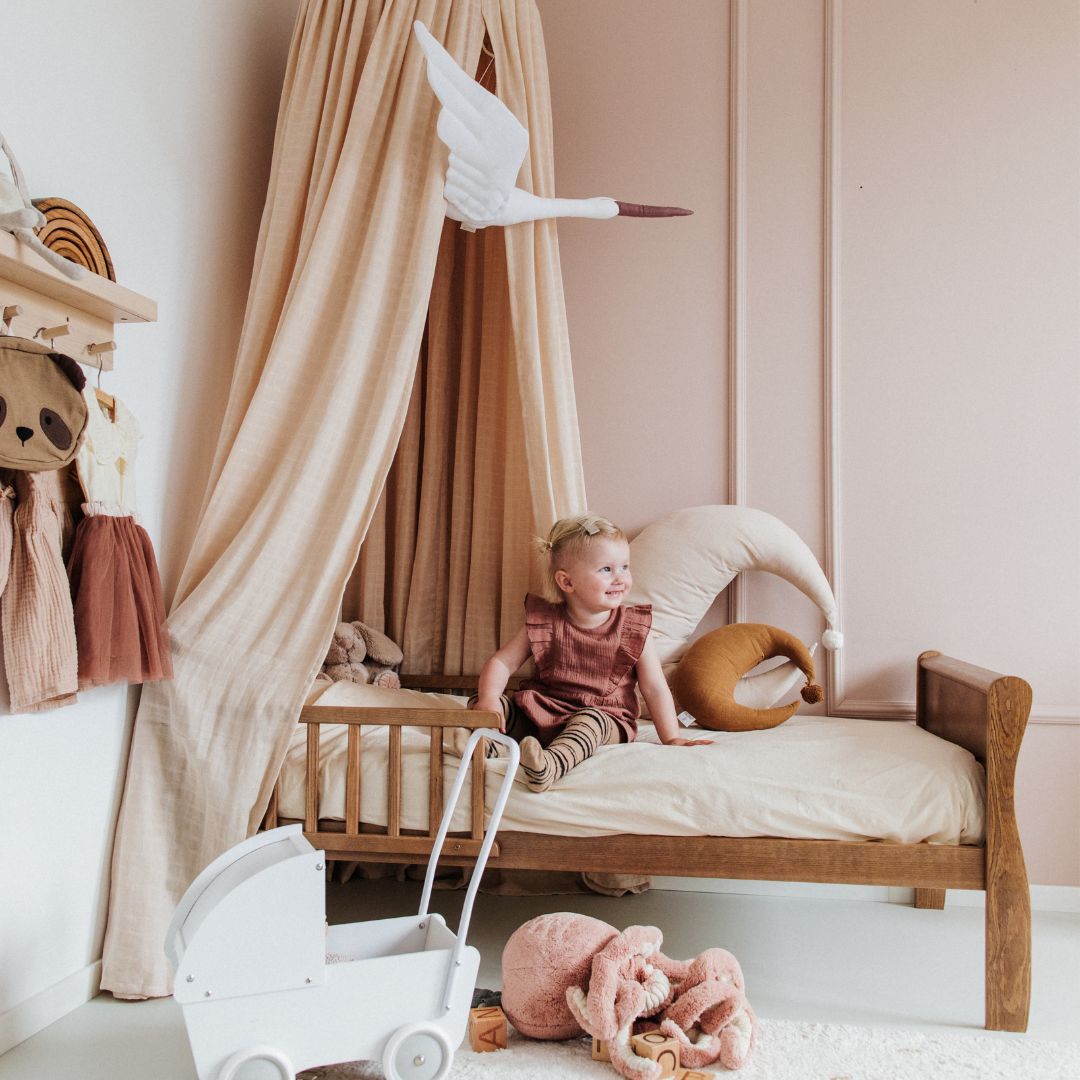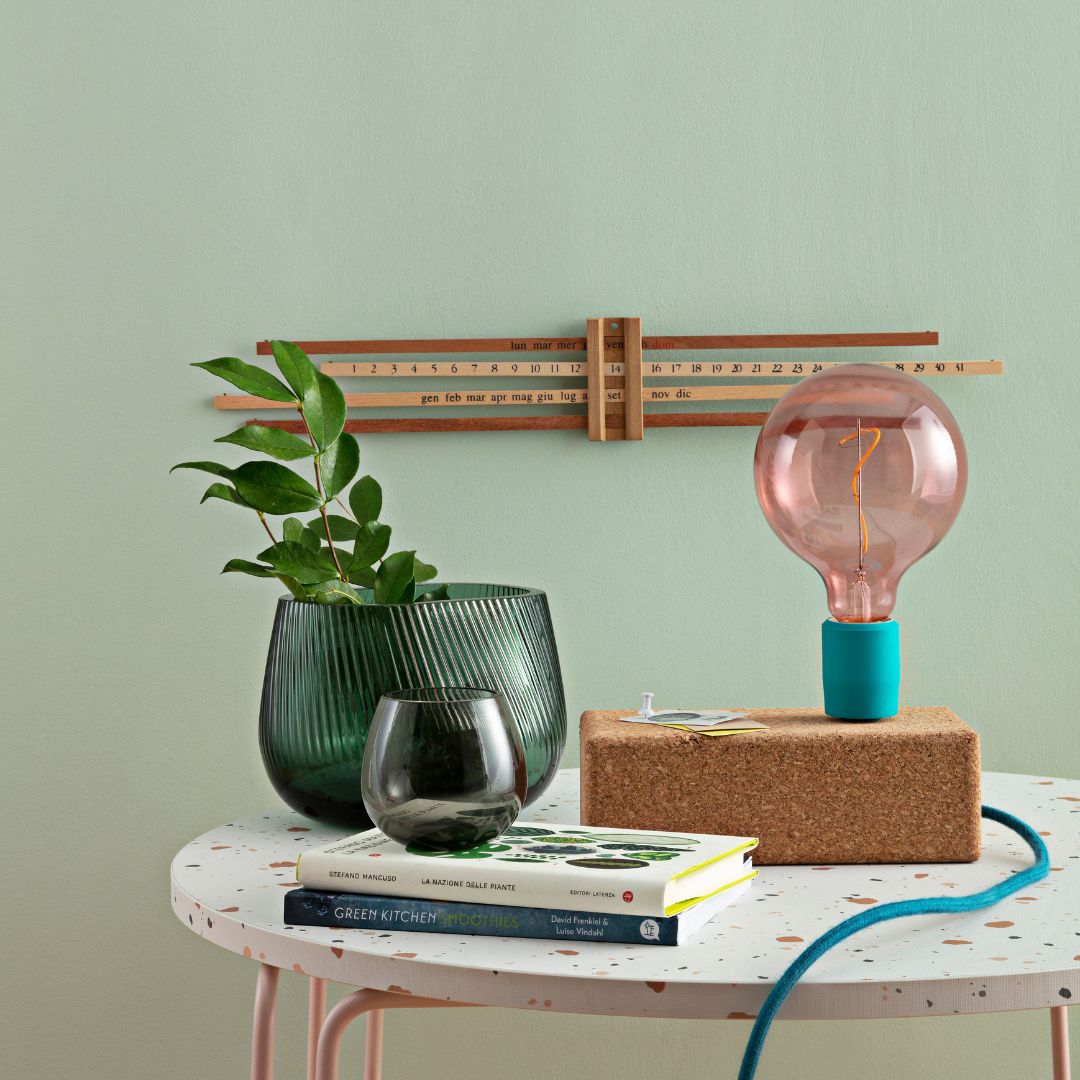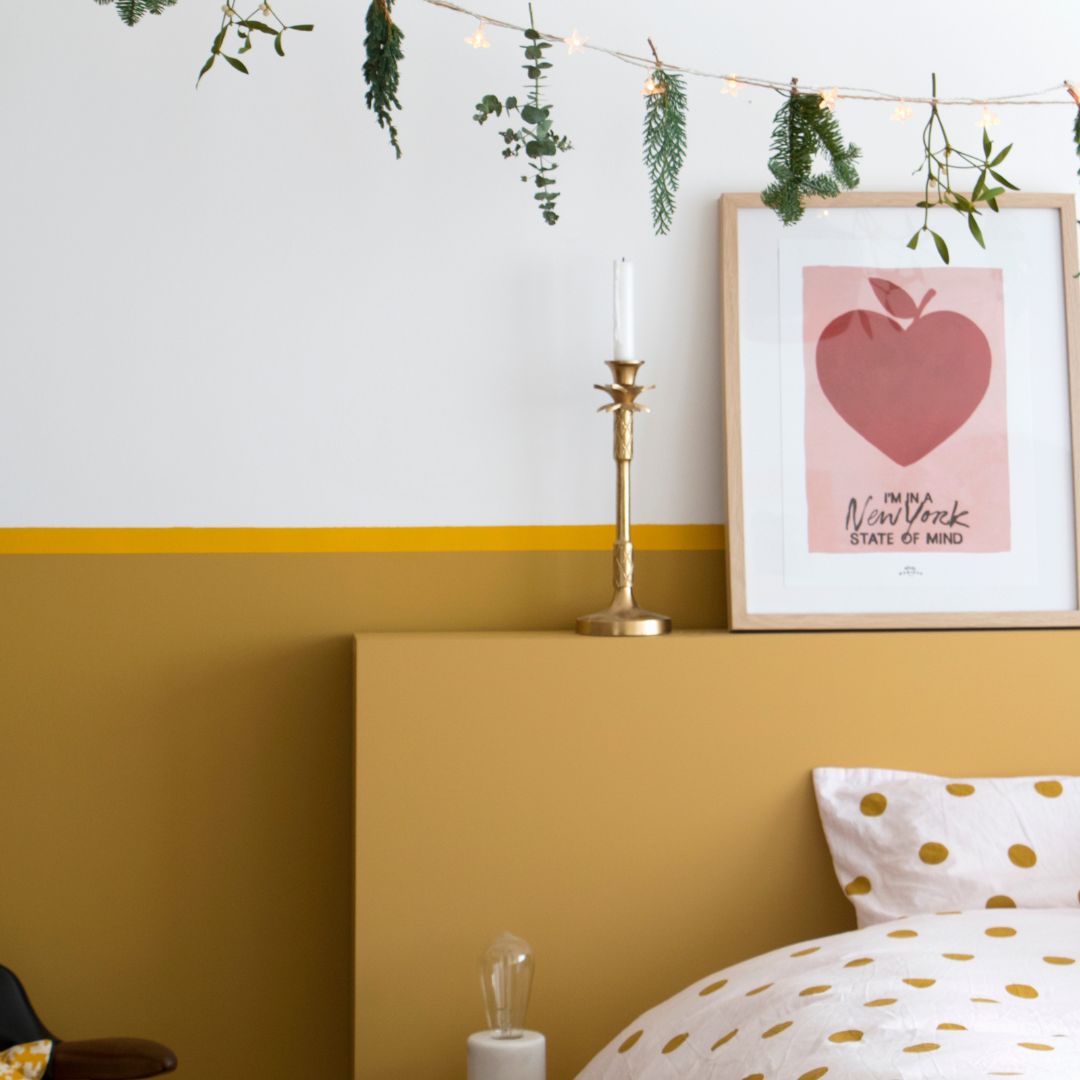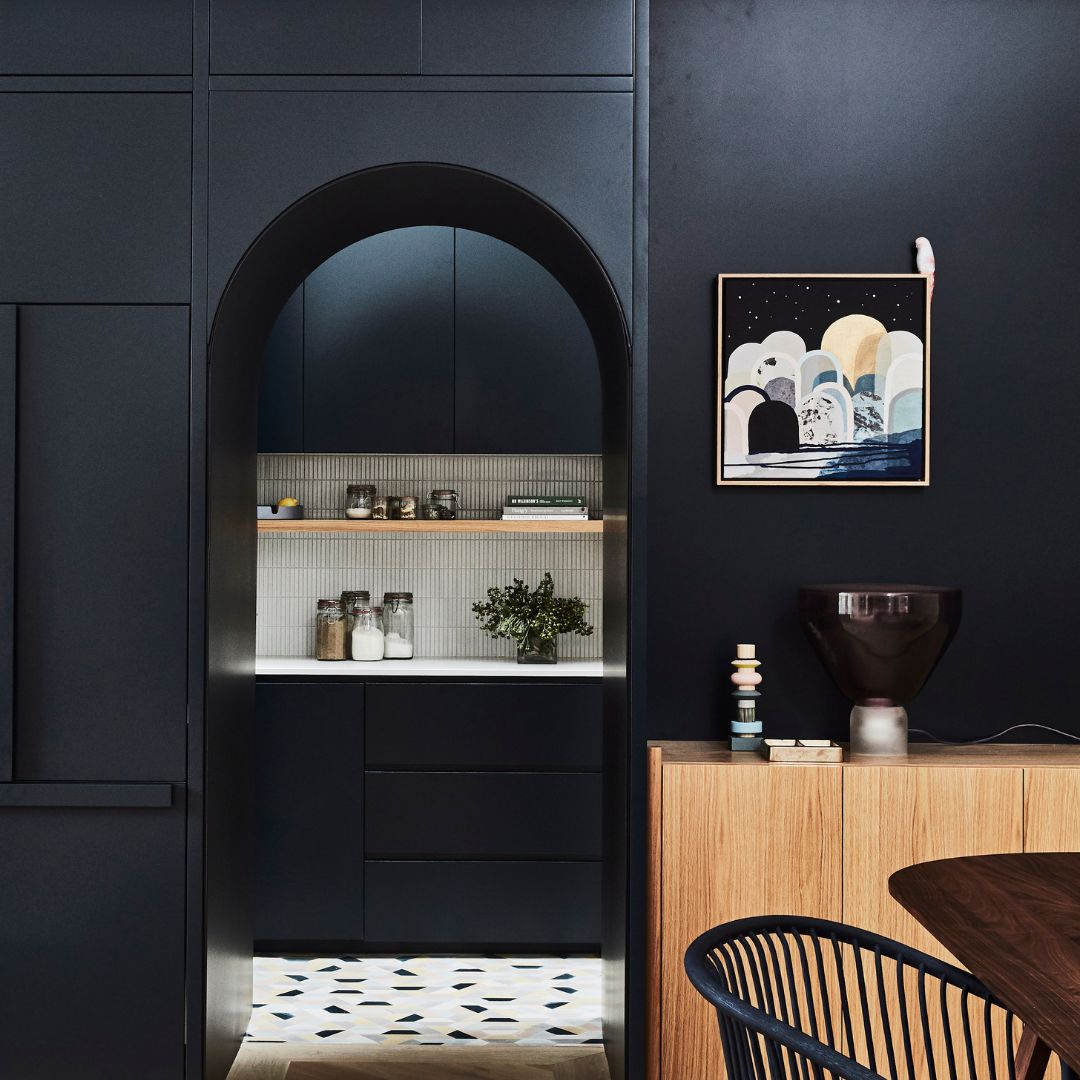Choosing paint for a child's room always raises questions: what colors, what type of paint, or even what finish should you choose?
Aesthetics is often the number one consideration for your children, by far (whether it's a girl or a boy). But there are other important factors to consider, such as the choice of paint. It's important to choose a paint that's suitable for more than just aesthetics.
Health and well-being are two equally important criteria for maintaining the air quality in a child's room. But not all paints are necessarily natural or eco-friendly.
As you can see, it's important to consider the ecological and natural aspects when choosing wall paint for your child's bedroom. Discover all our tips for choosing the most suitable paint for your child's bedroom.
Use eco-friendly, washable paint to paint your child's room
A bio-sourced paint, if possible labeled
It's a health issue: the choice of paint is a major concern. While water-based paint is now very popular, this type of paint is still composed of petrochemical components, making it a paint that can be harmful to your child, especially if the paint is applied to the walls of a room where they will spend most of their time.
While "0 VOC" doesn't exist, we believe it's essential to choose a natural paint that emits as few volatile organic compounds as possible. Volatile organic compounds can cause irritation and respiratory discomfort. This is why a natural paint is highly recommended for a child's or baby's room.
The more VOC-free the paint is, the more it will have a positive impact on the indoor air quality of the baby's room and on the environment, so keep this in mind when painting the walls of your baby's or child's room.
Be careful, however, a paint labeled natural or ecological is not necessarily so: at least they are not all equal!
To get a clearer idea of which paint to choose, opt for a paint certified by the European ecolabel which validates the approach and the natural appearance of the paint.
A washable paint
This is one of the prerequisites for resistance and durability over time, especially when it comes to children's bedrooms. Using washable paint will allow for better maintenance over time.
The washable aspect of a paint is often determined by the finish: matte, satin, or velvet. For a child's or baby's room, it is customary to use a satin or velvet finish. Satin will be the most washable finish, but its degree of shine can sometimes be seen as a hindrance, justifying the use of velvet, which is a finish that remains washable, despite its intermediate position.
What colors should you use in a child's room?
Color is governed by several factors: decorating trends are a key factor. Individual subjectivity also plays a role. However, there remains one element that will have a significant impact on the choice of color for a child's room and, consequently, on the resulting decor: the room.
The size, orientation, and brightness of the room are inseparable constraints when choosing paint that will take into account the space.
Taking all these elements into account, there are two schools of thought: those who will opt for neutral tones like white or beige, for example. For those who want to personalize their child's room, then colors like pink, blue or green can be used (sometimes sparingly, on a section of wall so as not to saturate the space).
The dizzy yellow
It's a sunny, soft color that has everything it takes to brighten up your child's bedroom. This color is perfect for rooms that face north.
It is a color that can be combined as a total look in a room, or with shades that will facilitate decoration such as light blue tones, or a pastel color like orange-pink for a slightly more personalized effect.
The watercolor sky blue
A very delicate pastel, watercolor sky blue is very delicate, which makes it suitable for use in all bedroom styles. It is one of the softest shades to combine in a child's or baby's room, whether for a boy or a girl.
The lovely pink
It's one of those colors that we'd be hard pressed to use in conventional rooms of the house, like the living room or an adult's bedroom. However, this pink will look great in a child's room: the decor will bring dynamism to the room. If you're short on ideas, pair this color with orange or yellow paint on a section of wall to enhance the room's ambiance and bring personality to your daughter's room.
For a more classic decor, opt for white, which is one of the preferred options for bright shades.
The Porquerolles blue
This is one of the colors that children love: intense, it should not be applied to the entire room but should be used as an asset for the decor and ambiance of the room. It is a neutral color that suits both children and adults.
Our ideas for children's bedrooms
If you're lacking inspiration for decorating a child's room, there's nothing stopping you from combining paint with wallpaper, or simply painting your baby's bed, or even the wooden furniture in the room (we've developed a guide on this subject!)
